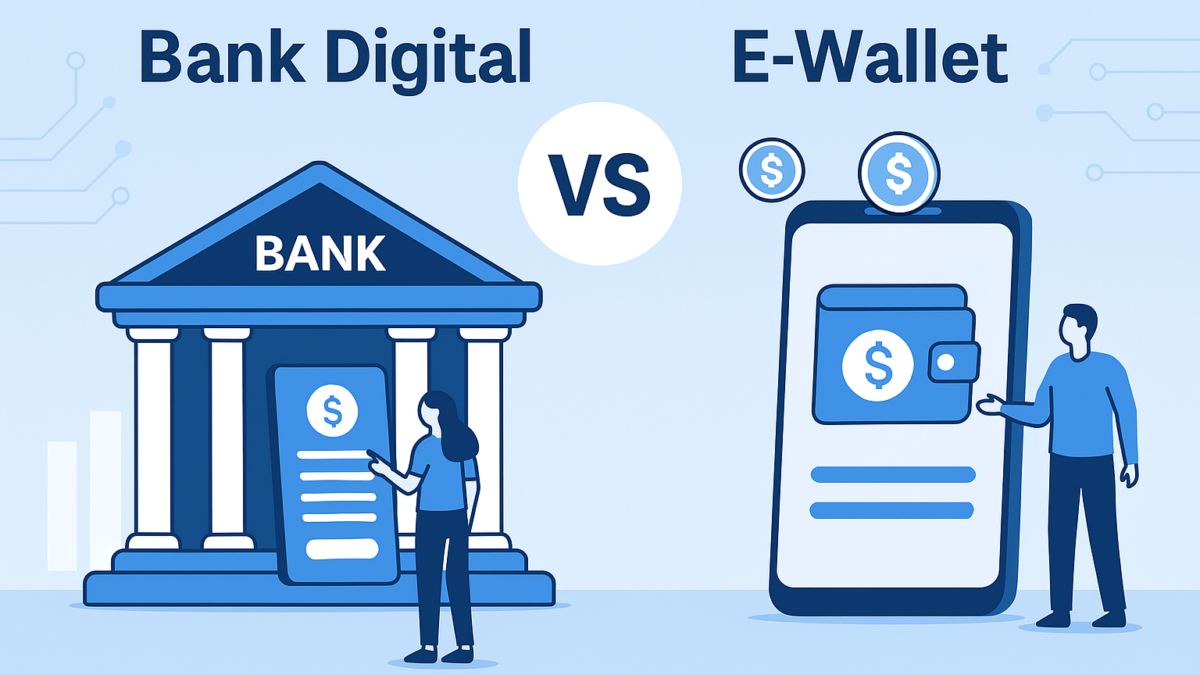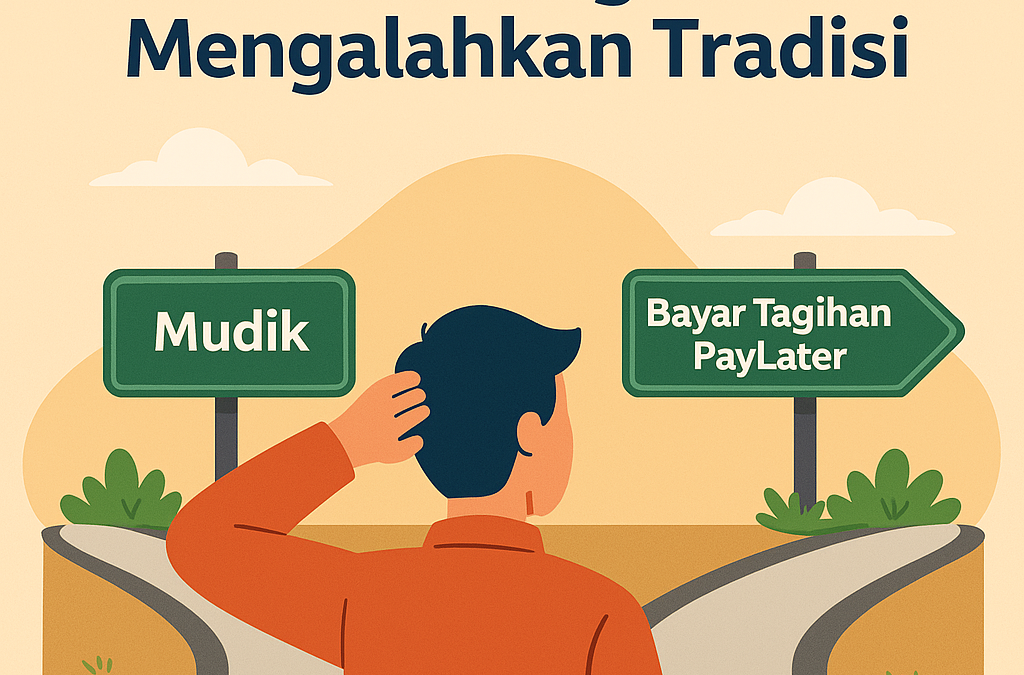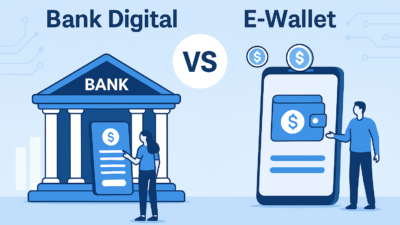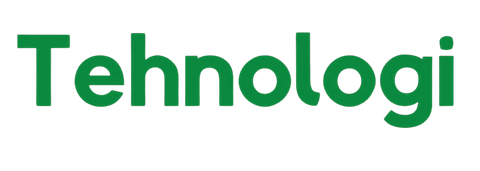
Debt can feel like a heavy backpack you’re forced to carry everywhere—whether it’s student loans, credit cards, or medical bills. But imagine how it would feel to finally take off that backpack, stand tall, and breathe a sigh of relief. A debt-free life is possible, and you don’t need a miracle to achieve it. All it takes is the right plan and a few smart strategies.
In this guide, we’ll show you actionable, step-by-step ways to pay off your debt fast. Ready to lighten the load? Let’s dive in.
Step 1: Know Your Debt Situation
You can’t tackle a problem without understanding it first. Start by gathering all your debts in one place.
Actionable Steps:
- Write down every debt you owe:
- The total amount.
- Interest rate.
- Minimum monthly payment.
- Use a simple template like this:
Debt Name Amount Owed Interest Rate Minimum Payment Credit Card 1 $5,000 20% $150 Student Loan $15,000 6% $200
Why This Matters:
When you see the numbers clearly, you can build a strategy to pay them off effectively.
Step 2: Create a Budget That Focuses on Debt Repayment
A budget isn’t about deprivation—it’s about directing your money where it matters most.
Actionable Steps:
- Use the 50/30/20 Rule with a twist:
- 50% for needs (rent, utilities).
- 20% for wants (dining out, entertainment).
- 30% for debt repayment.
- Find extra cash to put toward debt by cutting unnecessary expenses:
- Cancel unused subscriptions.
- Cook at home instead of eating out.
- Swap luxury brands for budget-friendly alternatives.
Example:
If you free up $300/month by cutting expenses, that’s an extra $3,600 a year toward your debt!
Step 3: Choose a Repayment Strategy
There are two proven ways to tackle debt:
1. The Debt Snowball Method
Focus on paying off your smallest debt first while making minimum payments on others.
- Why It Works: Quick wins build momentum and motivation.
- Example:
- Pay off a $1,000 credit card before tackling a $10,000 student loan.
2. The Debt Avalanche Method
Focus on paying off the debt with the highest interest rate first.
- Why It Works: You save more money in the long run.
- Example:
- Tackle your credit card at 20% interest before your student loan at 6%.
How to Choose:
If you need motivation, go with the snowball method. If you want to save money, choose the avalanche method.
Step 4: Boost Your Income to Pay Off Debt Faster
Cutting expenses is great, but boosting your income can supercharge your debt repayment plan.
Actionable Steps:
- Take on a side hustle: Freelance, drive for Uber, or sell handmade crafts online.
- Ask for a raise: If you’ve been performing well at work, negotiate a higher salary.
- Sell what you don’t need: Declutter and sell items on platforms like Facebook Marketplace or eBay.
Example:
Earning an extra $400/month from a side gig could help you pay off a $5,000 debt in just over a year.
Step 5: Negotiate Lower Interest Rates
Many people don’t realize you can negotiate with creditors. Lower interest rates mean more of your payment goes toward the principal balance.
Actionable Steps:
- Call your credit card company and ask for a reduced interest rate.
- Use a script like: “I’ve been a loyal customer, and I’m struggling with my payments. Can you lower my interest rate?”
- Consider a balance transfer to a credit card with 0% APR (if you qualify).
Example:
Reducing your credit card rate from 20% to 10% could save you hundreds over the course of repayment.
Step 6: Automate Your Payments
Set it and forget it! Automating payments ensures you never miss a due date, avoiding late fees and interest hikes.
Actionable Steps:
- Schedule automatic payments for at least the minimum amount due.
- If possible, automate extra payments toward your highest-priority debt.
Example:
If you schedule an extra $50/month toward your highest-interest debt, you’ll chip away at the balance faster.
Step 7: Celebrate Progress Along the Way
Paying off debt can feel overwhelming, so it’s important to celebrate small victories.
Actionable Steps:
- Set milestones: Every $1,000 paid off deserves a mini-celebration.
- Reward yourself in budget-friendly ways:
- A nice dinner.
- A small gift for yourself.
- A relaxing day off.
Why It Works:
Celebrating progress keeps you motivated to stick with your plan.
Step 8: Avoid New Debt
The last thing you want while paying off debt is to add more to the pile.
Actionable Steps:
- Use cash or debit cards instead of credit.
- Build an emergency fund of 3–6 months’ expenses to avoid relying on credit during unexpected situations.
Example:
If your car breaks down, having $1,000 in savings means you don’t need to charge the repair to a credit card.
Recommended Books to Stay Inspired
- “The Total Money Makeover” by Dave Ramsey
A no-nonsense approach to getting out of debt fast. - “I Will Teach You to Be Rich” by Ramit Sethi
A practical guide to managing money, including debt repayment. - “Your Money or Your Life” by Vicki Robin
Transform how you think about money and spending. - “Debt-Free Degree” by Anthony O’Neal
Great for anyone with student loans looking for actionable advice. - “The Financial Diet” by Chelsea Fagan
A fun and approachable take on managing finances.
Final Thoughts
Paying off debt is a journey, but it’s a journey worth taking. Every dollar you pay off brings you closer to financial freedom. Start by understanding your debt, choose a repayment strategy, and stay consistent.
Most importantly, don’t be too hard on yourself. Progress is progress, no matter how small. Stick to the plan, celebrate your wins, and picture the day when you finally take off that debt backpack for good. You’ve got this!















